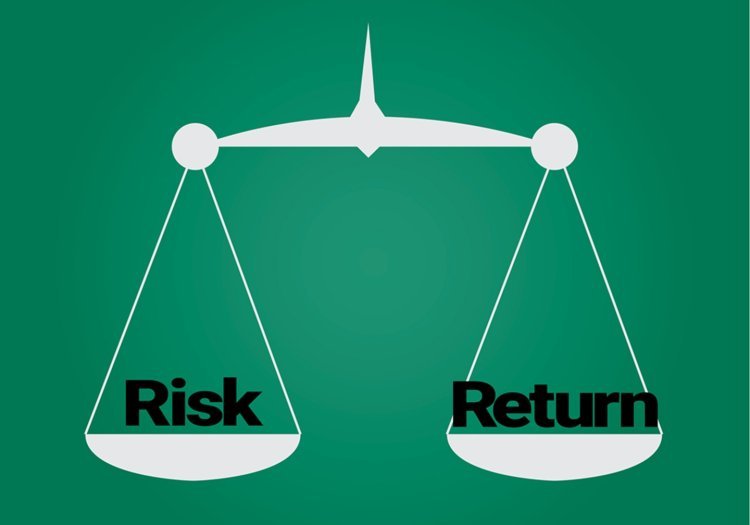Navigating NBFC Bonds: Balancing Returns and Risk Amid Changing Rates
With the Reserve Bank of India (RBI) encouraging non-banking financial companies (NBFCs) to diversify their funding sources, there has been a notable shift towards the bond market. Following recent market trends, NBFCs have successfully raised ₹73,820 crore through corporate bonds since August 1, 2024. This growing appetite for bond issuance presents retail investors with new opportunities, particularly as the minimum investment threshold has been lowered from ₹1 lakh to ₹10,000.
As interest rates are set to decline, driven by a 50 basis point cut from the US Federal Reserve, Indian investors are expected to benefit from similar adjustments by the RBI in the upcoming quarters. "Locking in high rates now makes sense," says Anshul Gupta, co-founder and chief investment officer at Wint Wealth.
Vishal Goenka, co-founder of IndiaBonds.com, emphasizes that as central banks potentially pivot towards a lower rate cycle, bond prices may appreciate, leading to capital gains for investors. Sandeep Bagla, CEO of Trust Mutual Fund, notes that corporate bonds, particularly those maturing in three to five years, present significant opportunities, with AAA-rated bonds yielding around 7.5%, substantially exceeding projected inflation rates. Gupta adds that investors willing to take on slightly higher risks can aim for double-digit returns, which would outpace the 7-7.5% returns typically offered by bank fixed deposits.
Stability in Investments
Investing in higher-rated bonds generally offers greater safety and stability, providing a consistent income stream for those in need of regular cash flow. Goenka points out that these bonds can stabilize a portfolio, especially during turbulent market conditions. The current market also allows investors to select from a diverse array of issuers, tenures, and risk profiles.
Consider the Risks
However, potential investors should remain vigilant about the associated risks. One of the primary concerns is interest-rate risk: if the RBI raises rates, the value of existing bonds could decline. "Longer-term bonds tend to be more sensitive to these shifts," warns Ankit Gupta, founder director of BondsIndia.
Credit risk is another critical factor, especially in lower-rated bonds. "There is always the potential for ratings downgrades if a company's financial health deteriorates," adds Bagla. Liquidity issues may also arise, particularly with lower-rated bonds that could be challenging to sell. Additionally, there’s reinvestment risk: if bonds mature or are called back prematurely, reinvesting at a comparable rate might not be possible, especially in a declining interest rate environment.
Key Considerations Before Investing
When assessing bonds, returns should not be the sole focus. A thorough evaluation of the bond’s credit rating is essential, ideally seeking bonds rated AA or higher to mitigate default risks, according to Goenka. Investors should also review the issuer's financial health and existing debt levels, ensuring major lenders have conducted appropriate due diligence.
It's important to understand whether the bond features a fixed or floating interest rate, as this can affect returns in a fluctuating rate landscape. Additionally, caution is advised regarding callable bonds; early redemption by the issuer could disrupt long-term returns. To minimize default risks associated with deteriorating financial conditions, Wint Wealth’s Gupta recommends selecting bonds with a shorter maturity of one to two years.
As NBFCs increasingly turn to the bond market, investors have a unique opportunity to diversify their portfolios while weighing potential returns against the inherent risks involved.







